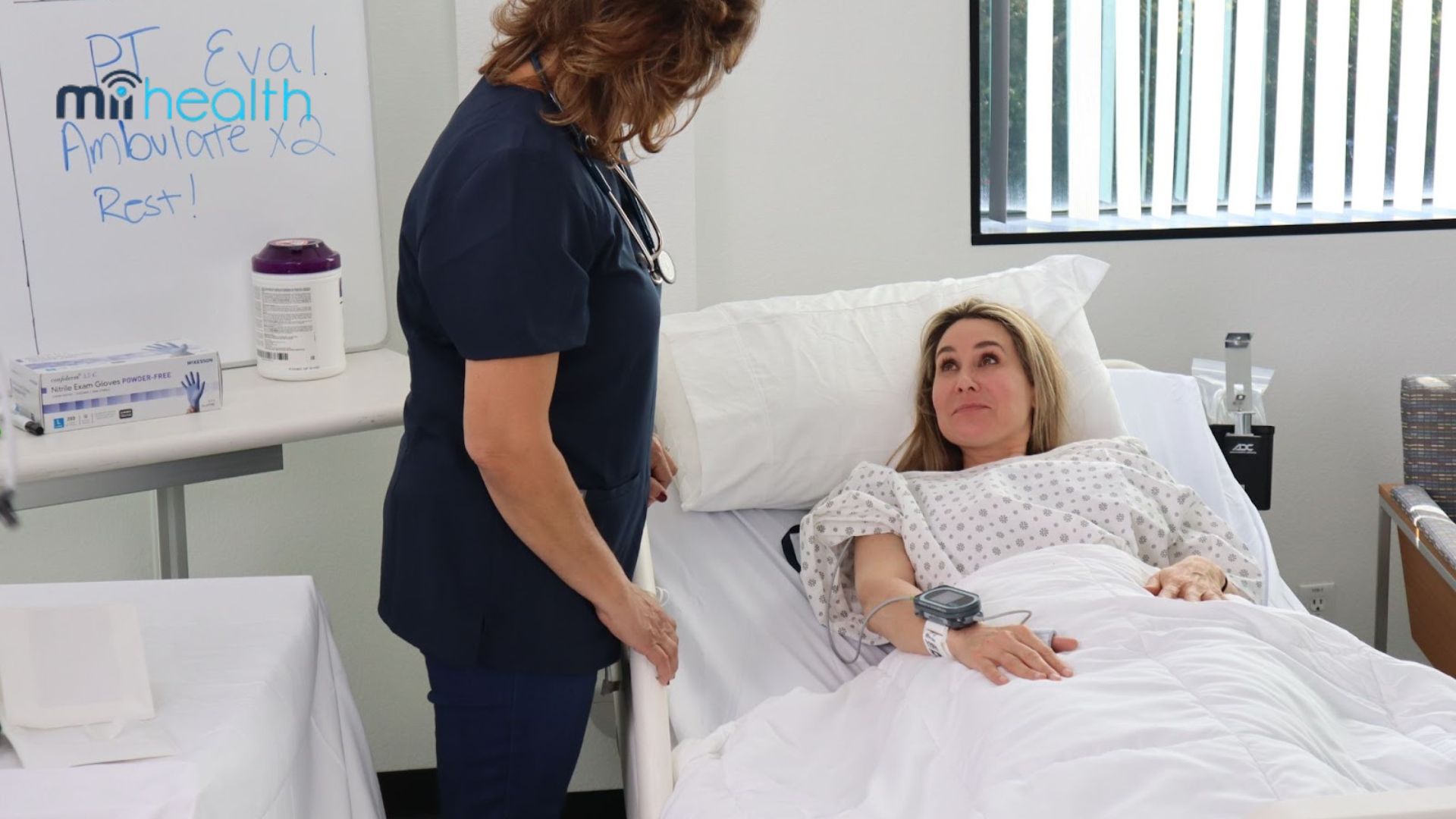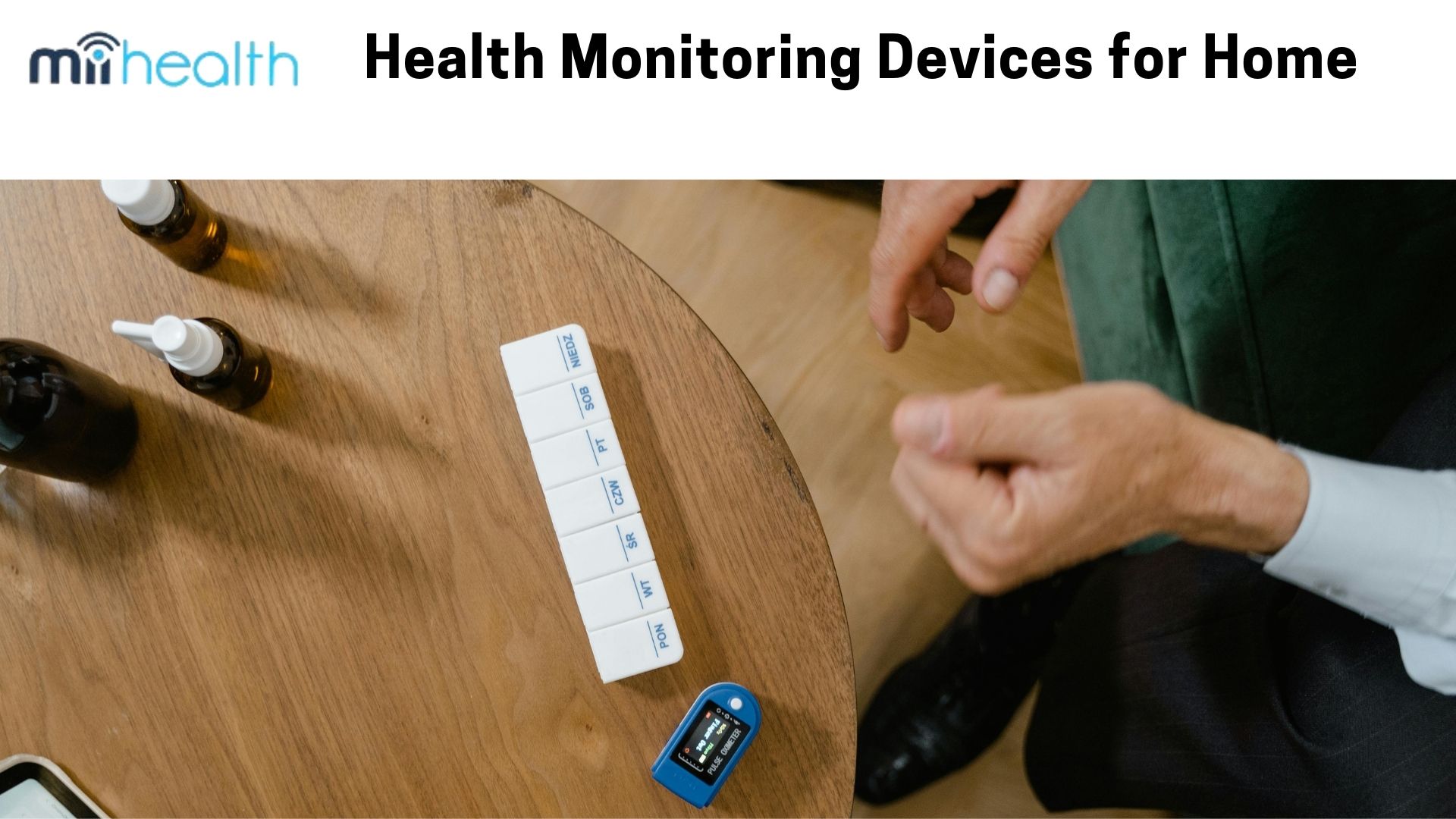Why Post-Discharge Monitoring is Essential for Aging Well

Strong 8k brings an ultra-HD IPTV experience to your living room and your pocket.
As we age, the need for comprehensive healthcare solutions becomes more critical, especially for older adults living independently. Post-discharge monitoring is an essential strategy that significantly impacts the quality of life for aging individuals. This article explores the importance of post-discharge monitoring and how it supports the concept of aging in place, ensuring that older adults remain healthy and secure in their homes.
Understanding Post-Discharge Monitoring
Post-discharge monitoring refers to the ongoing supervision and support provided to patients after they leave a hospital or healthcare facility. For older adults, this monitoring is crucial as they often have multiple chronic conditions that require continuous management.
Importance of Post-Discharge Monitoring
Preventing Readmissions: Many older adults face readmission to the hospital shortly after discharge. This trend can often be attributed to a lack of proper follow-up care. Post-discharge monitoring allows healthcare professionals to identify potential complications early, reducing the likelihood of readmissions.
Medication Management: Older adults frequently take multiple medications, increasing the risk of errors. Post-discharge monitoring helps ensure that patients adhere to their medication schedules, understand potential side effects, and recognize interactions between drugs.
Physical and Mental Health Support: Aging can bring about both physical and mental health challenges. Post-discharge monitoring provides a support system for older adults, offering resources for physical therapy and mental health services to enhance their overall well-being.
Aging in Place: A Growing Trend
What Does Aging in Place Mean?
Aging in place refers to the ability of older adults to live independently in their own homes, rather than moving to assisted living facilities or nursing homes. This concept is gaining traction as many seniors prefer to stay in familiar environments, surrounded by their memories and communities.
Benefits of Aging in Place
Familiarity and Comfort: Home is where seniors feel most comfortable. Aging in place allows them to maintain their routines and enjoy their favorite activities without the disruption of moving.
Cost-Effectiveness: Living at home can be more affordable than residing in a long-term care facility. Post-discharge monitoring can help ensure that seniors remain healthy, potentially reducing long-term healthcare costs.
Enhanced Independence: Staying in their own homes allows older adults to retain a sense of control over their lives. This independence is vital for mental health and overall well-being.
The Role of Technology in Post-Discharge Monitoring
Telehealth Services
Telehealth services have revolutionized post-discharge monitoring, especially for older adults. Through virtual appointments, healthcare providers can check in on patients, assess their recovery, and make necessary adjustments to care plans without requiring them to travel.
Accessibility: Telehealth eliminates barriers such as transportation issues, making healthcare more accessible for seniors who may struggle to visit clinics or hospitals.
Continuous Monitoring: With wearable technology and remote monitoring devices, healthcare providers can track vital signs and health metrics in real-time. This continuous monitoring is vital for detecting changes in health status before they escalate into serious issues.
Mobile Health Applications
Mobile health applications are also becoming increasingly popular among older adults. These apps can help with medication reminders, appointment scheduling, and even offer health tips tailored to individual needs.
User-Friendly Interfaces: Many health apps are designed with simplicity in mind, making them accessible for seniors who may not be tech-savvy.
Engagement and Empowerment: By providing older adults with the tools to manage their health actively, these applications encourage engagement and empowerment, crucial for successful aging in place.
Building a Support System
Family and Caregiver Involvement
Post-discharge monitoring is most effective when it involves family members or caregivers. Encouraging family involvement can significantly enhance the support system for older adults.
Regular Check-ins: Family members can play a crucial role by regularly checking in on their loved ones, providing companionship and emotional support.
Education and Awareness: Educating family members about the health conditions their loved ones face and how to manage them can ensure that they are equipped to help.
Professional Caregivers
For those who need additional support, hiring professional caregivers can be an invaluable resource. These trained individuals can provide assistance with daily activities, monitor health status, and ensure medication adherence.
Personalized Care: Professional caregivers can tailor their services to meet the specific needs of the individual, ensuring that they receive the best possible care.
Peace of Mind: Knowing that there is someone responsible for their well-being can greatly reduce anxiety for both the older adult and their family.
Overcoming Challenges in Post-Discharge Monitoring
Addressing Isolation
Many older adults experience feelings of isolation, which can negatively impact their mental and physical health. Post-discharge monitoring can help alleviate these feelings through regular communication and social engagement.
Community Resources: Connecting seniors with local community resources, such as senior centers or support groups, can foster a sense of belonging and reduce isolation.
Technology Solutions: Utilizing technology, such as video calls and social media, can help older adults stay connected with friends and family, combating loneliness.
Financial Barriers
The cost of post-discharge monitoring services can be a concern for some families. Understanding the available financial resources is crucial for ensuring that older adults receive the care they need.
Insurance Coverage: Many insurance plans cover post-discharge monitoring services. Families should consult with their insurance providers to understand their options.
Community Programs: Numerous non-profit organizations offer resources and support for older adults, helping to mitigate financial burdens.
Conclusion: A Holistic Approach to Aging Well
Post-discharge monitoring is an essential component of a comprehensive healthcare strategy for older adults. By focusing on the specific needs of aging individuals and incorporating technology, family involvement, and professional care, we can create an environment where seniors thrive in their homes.
Encouraging aging in place not only enhances the quality of life for older adults but also empowers them to take charge of their health and well-being. By prioritizing post-discharge monitoring, we can ensure that our aging population remains healthy, engaged, and independent, ultimately paving the way for a better future for all.
In a world where aging well is within reach, we must embrace these essential practices and foster a community that supports our elders, allowing them to flourish in their golden years.
Note: IndiBlogHub features both user-submitted and editorial content. We do not verify third-party contributions. Read our Disclaimer and Privacy Policyfor details.




